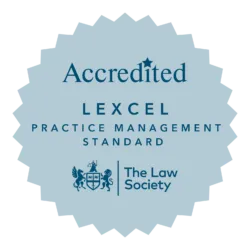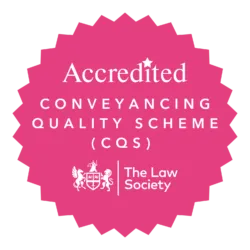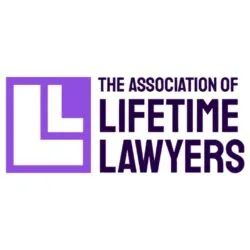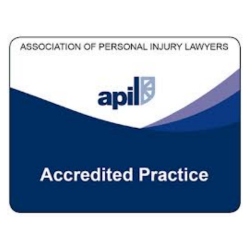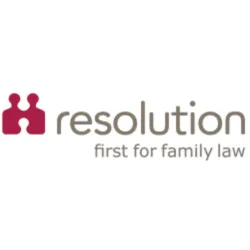
Employment Update
The month of September has given us a couple of surprising EAT decisions and both are in favour of employees! The first one considers whether it might be a reasonable adjustment to offer a disabled employee pay protection and the second explores the scope of an ACAS EC certificate. We hope you find them useful.
G4S Cash Solutions (UK) Ltd v Powell (1 September 2016)
Mr Powell worked for G4S as an ATM service engineer. He suffered with back pain and by mid-2012 was no longer fit for jobs involving heavy lifting or working in confined spaces. It was accepted by G4S he was disabled.
In summer 2012 a new role was created at G4S called a “key runner” which involved delivering materials to engineers, so the engineers themselves could use public transport.
Mr Powell started to work as a key runner, whilst maintaining his salary as an engineer. G4S argued this change of role was only temporary but Mr Powell thought it was permanent. When G4S consulted about discontinuing the key runner role, Mr Powell was told that if he couldn’t find any suitable alternative vacancy he would be dismissed on medical grounds.
Mr Powell lodged a grievance. G4S changed their minds and made the key runner role permanent but at a lower rate of pay, which Mr Powell was unwilling to accept. He was therefore dismissed.
The Tribunal first had to grapple with the contractual issues, deciding whether a variation of contract had been agreed when Mr Powell took up the new role on higher pay. The Tribunal decided there wasn’t a variation. However, it did decide that continuing to pay the higher rate of pay for an engineer was a reasonable adjustment that the employer should have made under the Equality Act 2010.
G4S appealed against the decision that paying the higher rate of pay was a reasonable adjustment but the Employment Appeal Tribunal dismissed the appeal. It held that, given the circumstances of this case, the Tribunal was right to decide it amounted to a reasonable adjustment.
A number of issues persuaded the Tribunal. Mr Powell had been paid at the higher rate of pay whilst working as a key runner for around 1 year and had been led to believe it was a long-term arrangement. G4S was held to be a company with substantial resources and the Tribunal said it could easily afford the pay protection. Finally, G4S’s main reason for objecting to it was the discontent of other employees, not the cost, which wasn’t a sufficient reason to reduce Mr Powell’s pay, in the Tribunal’s judgment.
The famous case of O’Hanlon v Commissioners of HM Revenue and Customs (2006) seemed to suggest that pay protection was always unlikely to be a reasonable adjustment in disability discrimination cases. However, it’s nice to have a case that qualifies that principle. Whether or not pay protection is a reasonable adjustment will depend on the circumstances of the case. And larger, profitable companies with long-term arrangements in place might find it hardest to change them.
Compass Group UK and Ireland Ltd v Morgan (15 September 2016)
In this case, Ms Morgan was instructed to work at an alternative location in a less senior capacity and submitted a grievance to her employer.
She commenced the ACAS Early Conciliation (“EC”) process in November 2014 and the EC certificate was issued in January 2015. Ms Morgan then resigned in March 2015 and claimed constructive unfair dismissal. The employer argued that Ms Morgan hadn’t complied with the EC requirements because the EC notification form was lodged before her resignation, so it couldn’t possibly relate to the dismissal. It was said that the EC process had to be commenced after the incident complained of – not before. The Tribunal rejected this argument.
The employer appealed to the EAT, saying that at the very latest, the date the EC certificate was issued should be the appropriate cut off date and any claim that arose after the EC certificate had been issued had to be covered by a new EC notification form.
The EAT unanimously dismissed CGUI Ltd’s appeal.
The rules requiring EC to be commenced state that it must relate to a “matter” and that word should be interpreted widely. A “matter” may encompass not just the precise facts of a claim but also other events at different times and/or dates and/or involving different people. The matter itself need not be identified at the EC stage, nor must the nature of any actual or prospective dispute or details of it be specified. It is also significant that the EC process is entirely voluntary and confidential.
In this particular case, the EC related to matters she relied upon when pursuing her constructive unfair dismissal claim and so it was held she had correctly notified ACAS in her notification form. Her claim was permitted to proceed.
It is great to see the Tribunal adopting a wide interpretation of the rules to help the Claimant but one word of caution – the decision does not mean that an EC certificate will necessarily cover proceedings about any unrelated matter. It will be a question of fact and degree in every case whether the EC is sufficiently connected to the claims that ultimately reach the Employment Tribunal. Given that it is a free and straightforward process and that more than one ACAS reference number can be given in the Tribunal claim form, we’d always recommend lodging further EC forms to make absolutely sure the new claims are covered.

